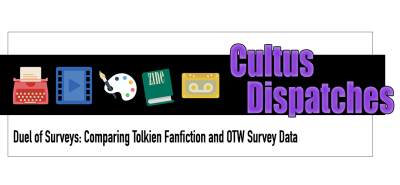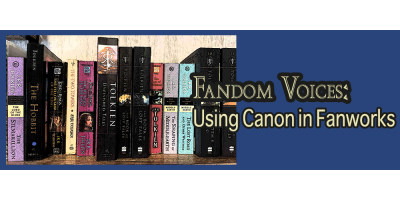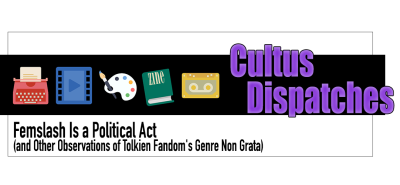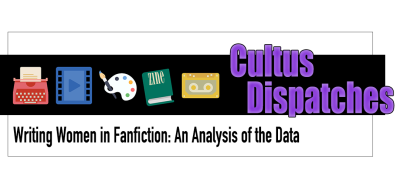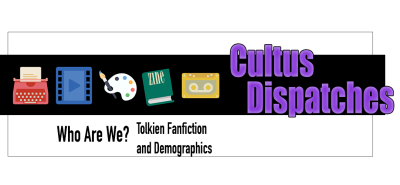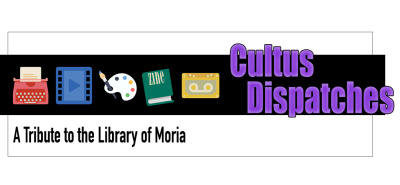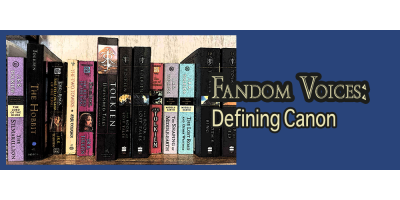
Tolkien's canon is complicated. That's an understatement. There are dozens of books presenting multiple versions—some of them contradictory, difficult to date, and sometimes hard to even read—and that's before one considers the many adaptations, fanworks and fan interpretations, scholarship, and myriad other "takes" on Middle-earth.
This month's Cultus Dispatches column is one of our Fandom Voices columns, where we present a question or two to the community in an attempt to capture a range of fan experiences with a topic. We asked participants how they define canon and, if they make fanworks, how they use that canon in their fanworks. We received a record number of responses, many of them going into great depth, and so will be dividing this iteration of Fandom Voices into two columns, beginning with how fans define Tolkien's canon. However, you can read all of the responses now.
How Tolkien fans define canon mirrors the complexity of the canon itself. We agree on very little (although many people noted the value of different approaches and the importance of tolerance), but the result is a decades-strong fandom where vibrant discussion and creative interpretation of the legendarium have lulled but never completely ceased. Respondents wrangled with how to handle the canon's many contradictions, the place of Christopher Tolkien's editorial work, the historical and mythical framework of the legendarium and the impact of that approach, and where adaptations and fanworks belong in terms of canon, among many other issues raised and discussed.
You can read the first part of "Fandom Voices: Defining Canon and Using Canon in Fanworks" here.
Also note that our Fandom Voices surveys never close. If you didn't get a chance to share your views and want to, it is not too late! We will continue to add new responses to the collection as they come in (including pulling from new responses for the second part of the article. You can respond to the "Defining Canon" survey here.
Finally, we are in the midst of a series of Cultus Dispatches articles focusing on canon in the Tolkien fandom. Cultus Dispatches is always open to contributions from all members of the fandom, so if you know of a creator or fanwork that takes an interesting approach to canon, or if you have another idea related to canon and fandom, contact our moderators and pitch your idea! Our reference editors will support new researchers and writers through the process, so don't let unfamiliarity with research writing dissuade you from sharing your ideas with us.






